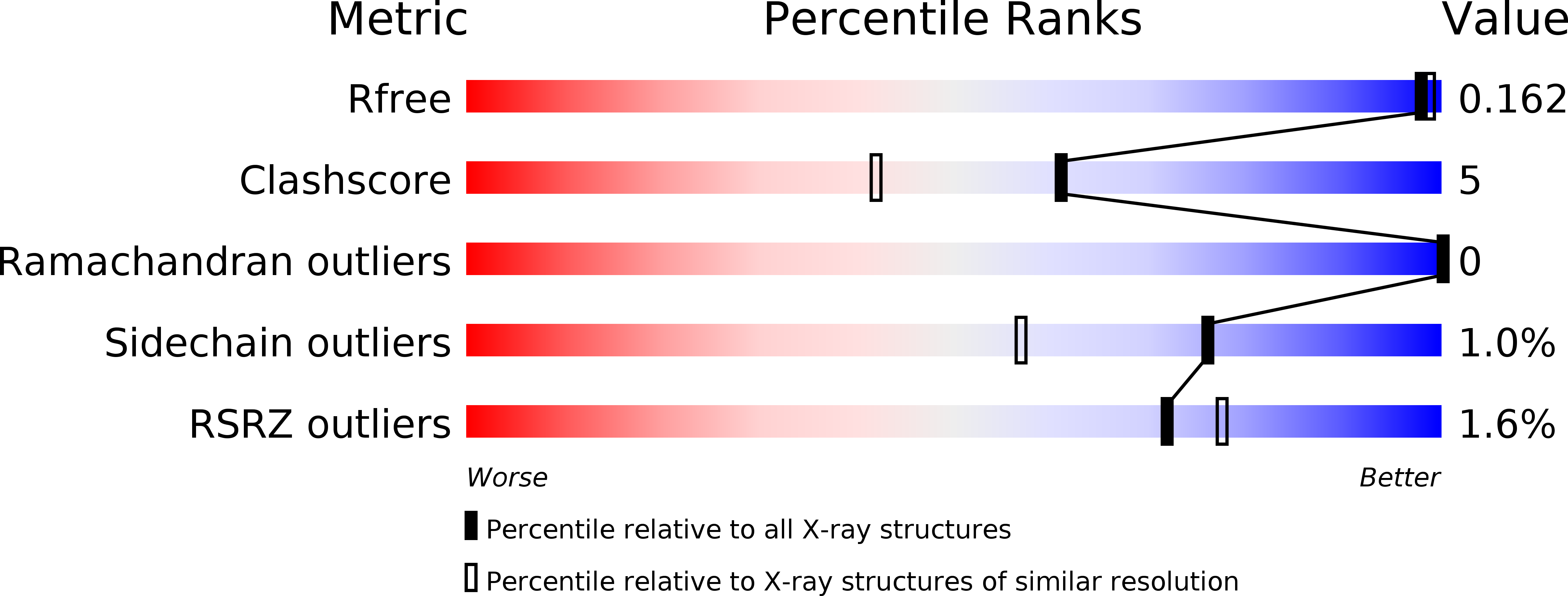
Deposition Date
2010-08-26
Release Date
2011-04-13
Last Version Date
2023-11-01
Entry Detail
PDB ID:
3OLE
Keywords:
Title:
Structures of human pancreatic alpha-amylase in complex with acarviostatin II03
Biological Source:
Source Organism:
Homo sapiens (Taxon ID: 9606)
Host Organism:
Method Details:
Experimental Method:
Resolution:
1.55 Å
R-Value Free:
0.17
R-Value Work:
0.16
R-Value Observed:
0.16
Space Group:
P 21 21 21


